- the article presents what kind of artifacts happen when reconstructing normals from world space positions
- suggests how to reduce the artifacts by selecting triangles that are most likely to have originated from the same object
- additionally shows how to use compute shaders and group shared memory to optimize the reconstruction
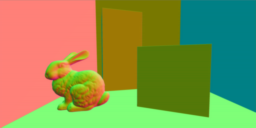
- the paper presents a method that allows SDFs to be combined with techniques such as linear skinning
- this is achieved by calculating a triangle mesh hull for the SDF, applying the transformation to the hull and using this to trace
- tracing linearly in transformed space follows a non-linear trace in untransformed space
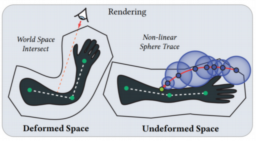
- overview of what has been improved in the latest apple GPU architecture and metal
- sparse textures, what it is, use cases and explanation of how to use it
- rasterization rate maps, mask that allows defining non-linear mapping between virtual and physical render targets
- vertex amplification specifies which vertex calculations can be shared between multiple viewports and which ones are unique per viewport
- better argument buffers, allow access to 500k textures and multiple levels of indirection
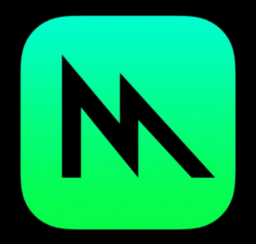
- the paper presents a new scheme that allows selectively combining different Monte Carlo rendering algorithms
- allow the use of less computational complex algorithms for more straightforward light transport cases and more sophisticated algorithms for more complicated cases
- enables to reduce the overall amount of noise in the same render time
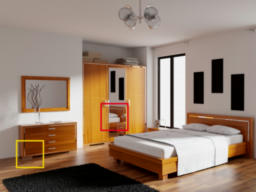
- the article explains how vertex shaders in “Our Machinery” engine is handled
- all vertex data is explicitly loaded in the vertex shader
- shows how a more flexible skinning variation can be implemented

Ubisoft RedLynx is a multiplatform game development studio located in Helsinki. Along with the hugely popular Trials series, we have developed and published more than 100 games and we are a passionate team of over 140 people of 21 different nationalities. We are seeking an experienced Graphics Programmer to join our core technology team in creating impactful game experiences

- excerpt from the Siggraph talk talk
- overview of the mesh shading demo
- culling implement in task shader
- frustum calling also is done in the meshlet shader stage, since only parts of the model could be visible on screen
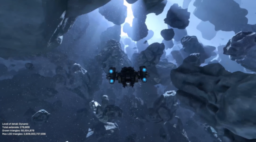
- DRED can now include PIX markers
- additional string events can be attached to markers
- debugger extension has been updated to provide access to the information
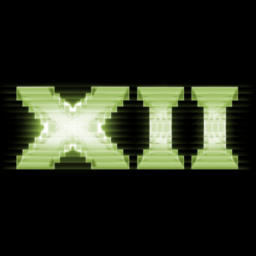
- the presentation explains how lightmap baking has been implemented in Wicked Engine
- how to ray trace with D3D11 compute and/or pixel shaders
- discusses artifacts, limitations, UV packing, texture formats, and filtering
- the resulting system is an object space shading system
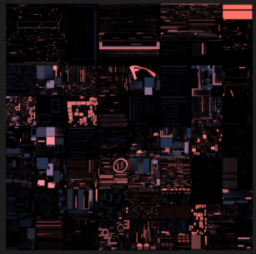
- Metaballs2 demo has been updated
- the demo shows how to use mesh shaders and now provides a compute shader fallback version
- allows switching between both implementations
- compute shaders require extra memory to store intermediate results
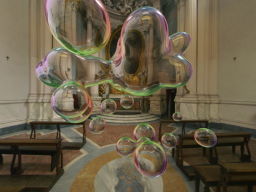
Thanks to Jon Greenberg for support of this series.
Would you like to see your name here too? Become a Patreon of this series.